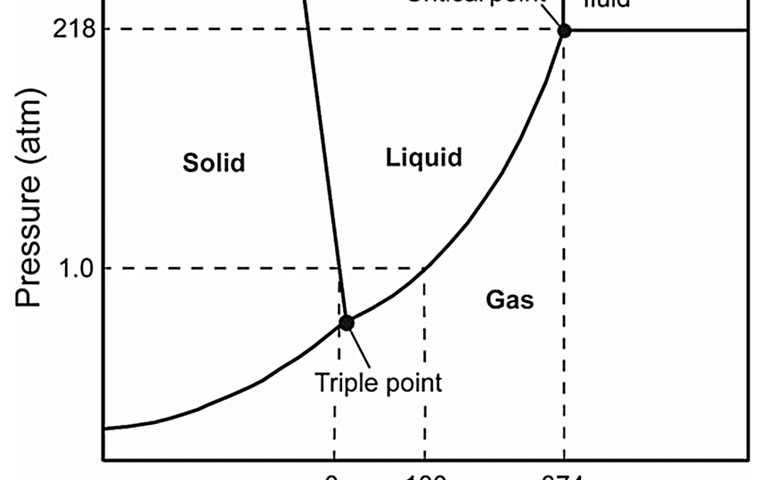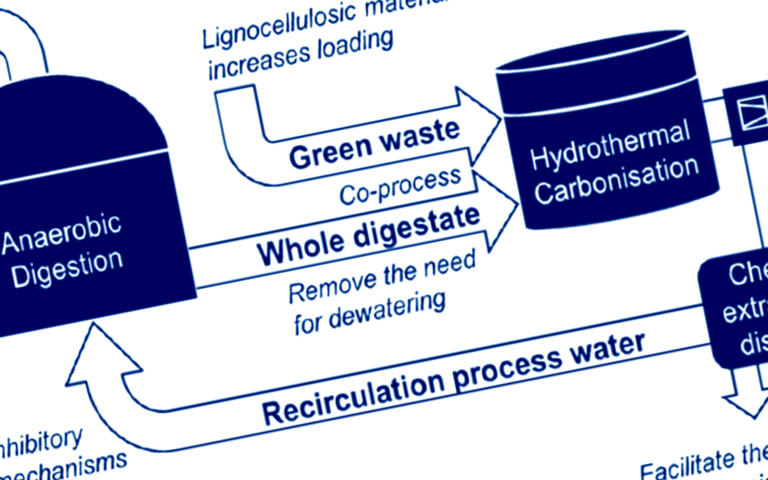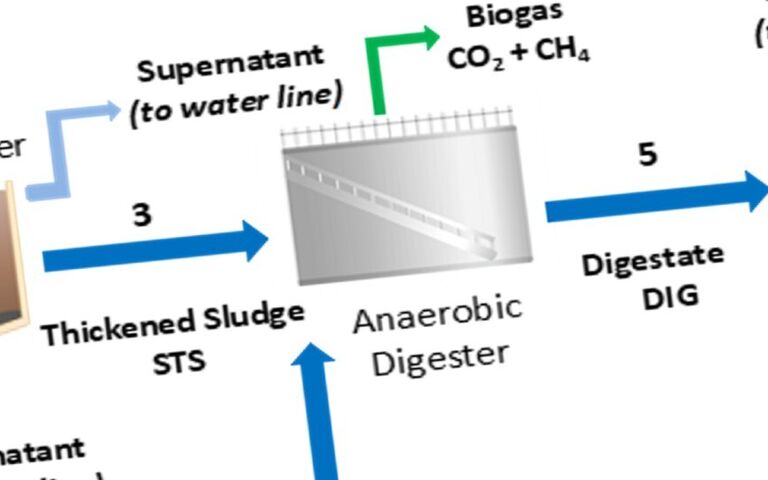How do you solve a problem like PFAS?


Simon Judd
Professor Simon Judd has over 30 years’ post-doctorate experience in all aspects of water and wastewater treatment technology, both in academic and industrial R&D. He has (co-)authored six book titles and over 200 peer-reviewed publications in water and wastewater treatment. Simon is co-owner of SludgeProcessing.com
Planet-destroying micropollutants
Around two decades ago, most of the talk around planet-destroying micropollutants centred on nonylphenols (NPs). Once the full horror of the potential environmental implications of these substances was fully appreciated, steps were taken to limit their impact. The EU banned their use in textiles or clothing production in 2004, and then subsequently, in 2015, voted to ban the import of such items containing NPs. So, a possible bullet dodged, though there are plenty of other endocrine dispruptors of concern – including many of the so-called TrOCS (see our feature Removal of Emerging Trace Organic Contaminants (TrOCs) by MBR).
A key point about such micropollutants is that the majority have some sort of physicochemistry and/or biochemistry associated with them. A few are substantially biodegraded, and a few more can be chemically oxidised by advanced oxidation. Also, many are associated with the sludge solids, in part relating to their hydrophobicity.
However, while association with the sludge implies removal from the water, it does not equate to their destruction. The fate of these species in the sludge then becomes of prime concern. And, again, for a number of such species substantial removal may be provided by anaerobic digestion. However, this does not appear to be the case for one of the more recent classes of microcontaminants of concern – PFAS.

PFAS (per- and polyfluoroalkyl substances) are generated from the breakdown of fluorinated polymers. Because they are fully fluorinated, the activation barrier for their breakdown is huge. Currently, the only fully commercialised and implemented processes which appear to be potentially capable of destroying PFAS – i.e. fully converting it to its mineral content – are the thermochemical ones.
Successful PTFE incineration trial
As with most research studies, investigations of thermal destruction of PFAS have been predominantly at the bench scale, although outcomes of a successful trial based on PTFE incineration have been reported at the BRENDA pilot combustion facility in Karlsruhe (Aleksandrov et al, 2019). It appears that PFAS substances – or fluorinated organics generally – follow the same general rules of thermal stability as for organic compounds: stability increases with decreasing molecular size. This seem to be yet another demonstration of size being important, and implies that the most stable fluorinated organic is tetrafluoromethane (CF4).
Which then begs the question: how high a temperature is needed to completely destroy CF4? Some early theoretical studies based on bond energies (Tsang et al, 1998) determined a temperature in excess of 1,400°C, which is certainly a tad warm. However, most recent bench-scale practical studies on the subject, listed in a published review produced by the consultants Brown and Caldwell (Winchell et al, 2020) have indicated temperatures of 1,000−1,100°C to be sufficient to reduce PFAS down to non-detectable concentrations in the flue gas. Although this temperature range is certainly more attainable than the theoretical value, it is still 200−300°C more than that attained in the freeboard of a regular fluidised sand bed incinerator.
So, is there an alternative? Well, there are other thermochemical processes, of course. These include the oxidative processes (such as wet oxidation and supercritical water oxidation) and non-oxidative ones like pyrolysis and hydrothermal carbonisation/liquefaction/gasification (HTC/HTL/HTG). The non-oxidative processes are relatively low temperature and provide nominally useful products of significant calorific content.
Some studies (Yu et al, 2020) have indicated significant defluorination of some of the perfluorinated species, for example perfluorooctanoic acid (PFOA), by HTL. However, for other species, for example perfluorooctane sulphonate (PFOS), degradation is much more limited. It appears that a significant proportion of the PFOS ends up in the biocrude oil product. Whilst this implies that there is minimal release into the aqueous stream, it nonetheless means that there is potential release of PFAS from the further upgrading and end use of this oil fraction.
And therein lies the challenge. Perfluorinated species are manifold, and their individual thermal reactivities differ significantly. Just because it’s possible to mineralise or defluorinate one species, and specifically those characterised by a carboxylic acid group, it doesn’t mean that those with the sulphonate functional group will follow suit. What is almost certain, however, is that the thermochemical processes are substantially more effective at destroying these highly refractory and potentially environmentally onerous substances than is spreading them to land.





